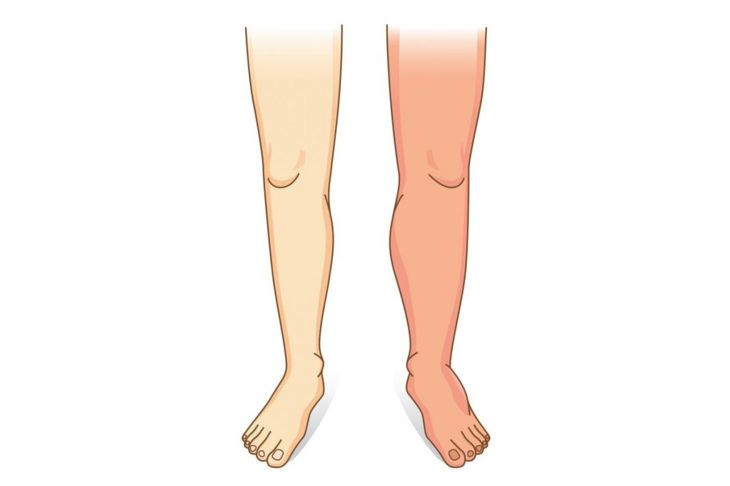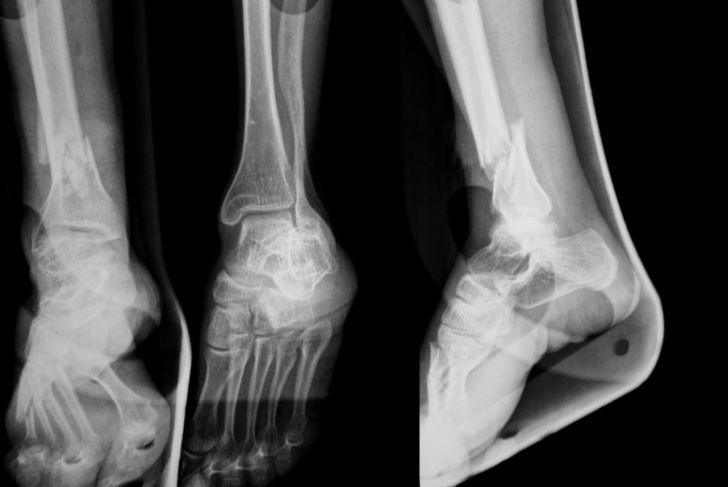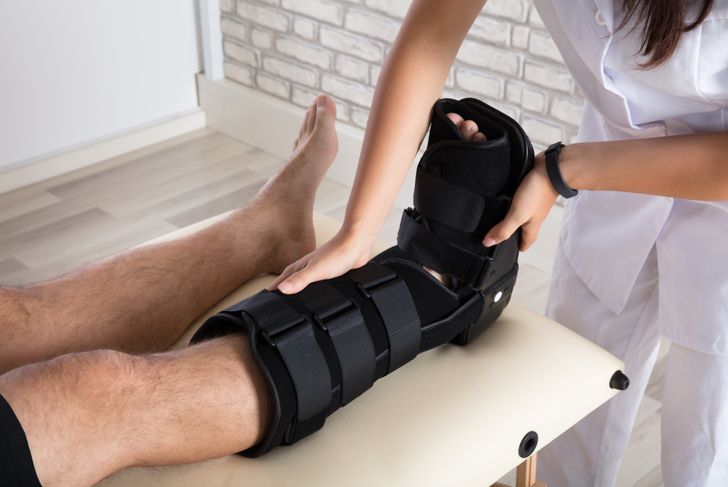Charcot foot is a condition wherein the bones of the foot become deformed after a break or dislocation. It often occurs when an injury includes nerve damage, because the injured individual loses sensation in the foot, which can collapse due to continued walking and use if the person is unaware. Charcot foot can also affect the sense of balance.
Causes of Charcot Foot
There is no single cause of Charcot foot. Sometimes it is the result of a sprain or broken bones in the foot that the individual does not notice as they have lost sensation. A loss of muscle tone due to neuropathy may also contribute to the condition. People with diabetes who have had an organ transplant also may develop Charcot foot from drugs doctors prescribe to prevent organ rejection. These drugs can cause neuropathy.
Symptoms of Charcot foot
The symptoms of Charcot foot can include:
- Redness, soreness, and swelling.
- Increased warmth at the site of the injury; one foot may feel hotter than the other.
- Pain and aching in the foot.
- Deformity, such as the arch collapsing or the toes starting to curl under the foot.
Sometimes these symptoms are misdiagnosed as bone infection, though this condition is rare without a break in the skin.
Diagnosis and Tests for Charcot Foot
Early diagnosis is essential to avoid further complications of Charcot foot. The condition can be difficult to diagnose through imaging tests alone, so a doctor’s ability to recognize the signs and symptoms is key. A hot, red, swollen foot should be treated as Charcot foot until an alternative diagnosis is confirmed. Doctors will general combine an overall health check with x-rays, MRIs, or ultrasound to assess injuries and the status of the soft tissue. Nevertheless, sometimes doctors misdiagnose the condition as a bone infection, because the imaging results can look similar. An indium scan will assess the white blood cells in the bone and officially rule out infection. A temperature test can also be an indicator of Charcot foot.
Risk Factors for Charcot Foot
People already diagnosed with neuropathy and diabetes are more likely to develop Charcot foot. Diabetes causes poor circulation to the feet, which can weaken the bones and joints. Those with diabetes should be aware of how to prevent Charcot foot, as well as the signs and symptoms, so they can seek a diagnosis early if these symptoms appear.
Non-Surgical Treatment for Charcot Foot
Doctors will likely immobilize the injured foot so the bones can heal properly, which may take several months or longer. During this time, the patient will wear a brace, cast, or boot, and may have to use crutches, a rolling walker, or a wheelchair. The latter is best because walking can injure the other foot, and lack of balance caused by the condition can make crutches problematic. After the bones heal, the patient may have to use special shoes or bracing to protect the foot from further injury. The individual is also likely to have to change their activities, as they will be at risk of developing Charcot foot in the other foot.
Surgical Treatment for Charcot Foot
A person may require surgery if bracing is unsuccessful, there is a serious deformity, or an infection or ulcer develops. Surgery aims to stabilize the foot so that the patient can progress to another method of treatment, such as bracing. If Charcot foot occurs primarily in the ankle, surgery is the first recommended treatment.
Prevention of Charcot Foot
People at risk of Charcot foot can take a few preventative measures:
- keep their blood glucose under control if they have diabetes
- check the feet daily for any signs of injury if they have diabetes or neuropathy
- try to avoid injury after making significant changes in usual activities (such as taking up a sport).
- have regular check-ups with a foot or ankle specialist.
- be aware of the signs and symptoms of Charcot foot and inform a health professional immediately if any symptoms develop.
Prognosis for Charcot foot
If caught early, Charcot foot has few complications and heals more quickly. Recovery from non-surgical treatment can take eight months or more, depending on the severity of the condition. In some cases, individuals require surgery. After experiencing Charcot foot, it is vital to maintain contact with health professionals such as podiatrists or foot and ankle specialists.
Prevalence of Charcot Foot
Charcot foot is a relatively rare condition. The studies on its prevalence vary, with some saying it occurs in around one percent of people with neuropathy, but others saying up to 39%, and from less than one to 13% in people with diabetes. The difficulty in diagnosis could explain these discrepancies.
Potential Complications of Charcot Foot
If a person with Charcot foot develops ulcers, they may require surgery. Furthermore, certain complications of extreme severity can lead to amputation. Open wounds can also exacerbate the condition, leading to infection and possible amputation.

 Home
Home Health
Health Diet & Nutrition
Diet & Nutrition Living Well
Living Well More
More




















